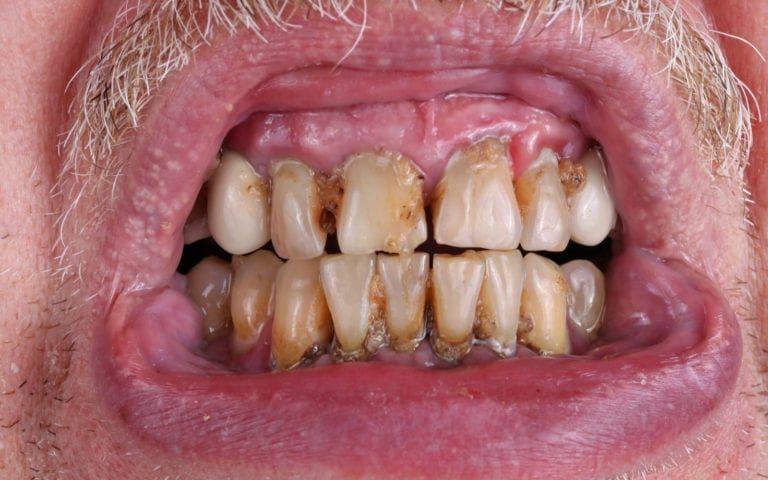As medical understanding of the human body grows, it becomes increasingly apparent that it is a deeply complex system with surprising connections. Treating each concern in isolation has been a conceit practiced by medicine for many years, but that’s quickly beginning to change. In some of the latest research being done into the study of our body systems, a connection has been revealed between advanced periodontal disease and certain forms of cancer.
Our Body Is A Complex Collection Of Connected Systems That Affect One Another
Advanced Gum Disease Heightens Risk Of Cancer
The least dangerous and most treatable form of gum disease is known as gingivitis. This condition is caused by the growth of plaque and tartar on the teeth that remains unchecked. This leads to our gums becoming inflamed and tender, appearing red and puffy, and often bleeding after brushing. More concerning is periodontal disease, the result of advanced gum disease that has grown below the gumline. The latest evidence indicates that those suffering from this form of gum disease are at advanced risk for:
- Lung cancer
- Colorectal cancer
- Melanoma
- Esophageal Cancer
In a study focusing on women with periodontal disease, higher levels of breast cancer were also observed. This kind of research continues to reinforce the idea that we must consider the consequences of any health concern on our entire bodies, not just the affected area.
Complications With Heart Disease, Diabetes, and Other ailments Are Linked To Poor Oral Health.
What You Can Do To Lower Your Risk Of Complications From Periodontal Disease
The first thing anyone can do to help avoid health complications related to periodontal disease is maintaining a consist ent oral hygiene regimen that includes bi-annual visits to your dentist for a cleaning. Once periodontal disease has set in, it’s critical that you arrange a visit with your dentist for deep periodontal cleaning as soon as possible. This process involves root scaling and planing, a process that eliminates the presence of plaque and tartar below the gumline and smooths the surface of the root. This last step helps lower the risk of plaque and tartar reappearing while aiding the gums in reconnecting to the teeth, eliminating gum pocketing.
Once you’ve received this cleaning, it’s essential that you return to an oral health regimen consisting of twice a day, brushing, flossing, and mouthwash use. You should also schedule your next visit to the dentist for regular cleaning to help eliminate stubborn plaque and tartar unaffected by your routine. In addition, be sure that your dentist has the most up to date dental and medical records to ensure that they have a full understanding of your health. This same step can be done with your medical professional by updating them with your dental records. Getting the best results from your medical care requires good communication, so speak freely with both about any extant health concerns.


